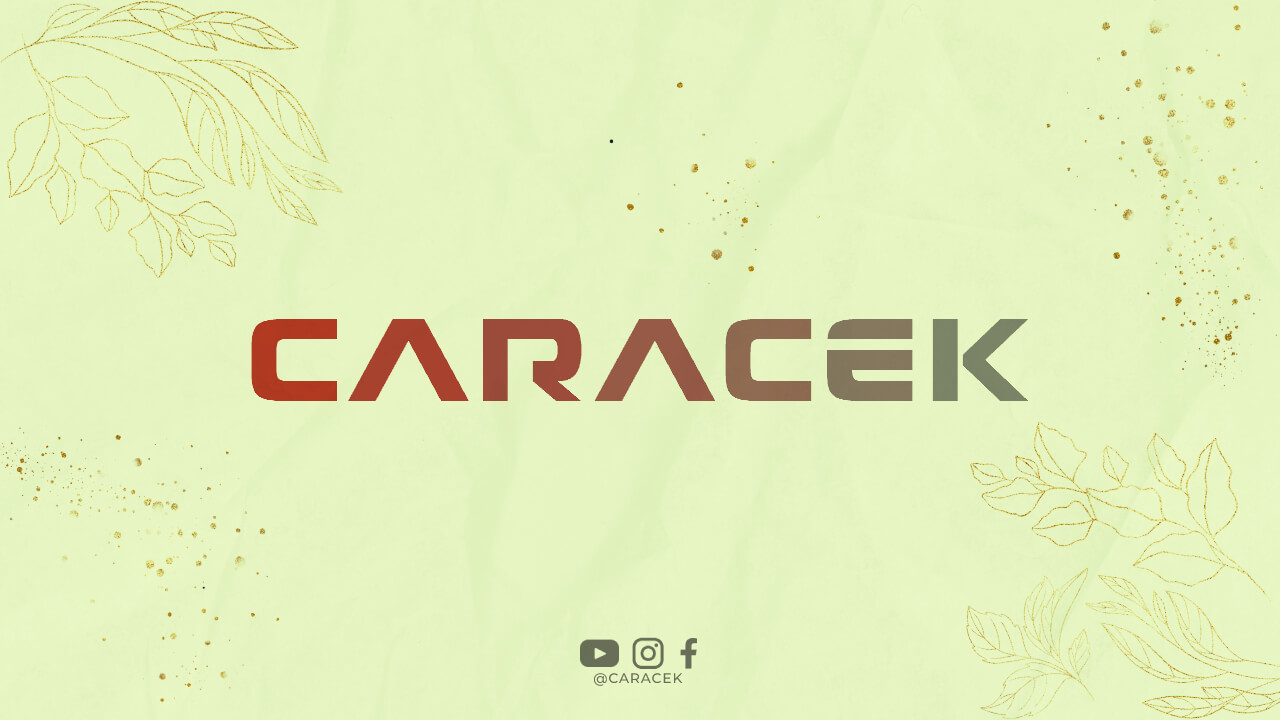Indonesia is a country known for its diverse cultural traditions and customs. Each region boasts unique rituals and ceremonies that have been passed down through generations. One such tradition is the Upacara Adat Solo, a significant cultural ceremony that takes place in Solo, Central Java. This article delves into the rich heritage of this ceremony and its importance in the local community.
The Significance of Upacara Adat Solo
Upacara Adat Solo holds a special place in the hearts of the local community. It is a way to honor their ancestors, seek blessings from the divine, and maintain a strong connection with their cultural roots. The ceremony is a vibrant display of traditional costumes, music, dance, and rituals that have been practiced for centuries.
Historical Background
The origins of Upacara Adat Solo can be traced back to the era of the Mataram Sultanate, which ruled Central Java during the 16th and 17th centuries. The ceremony was initially performed exclusively by the royal family but eventually became a communal celebration embraced by the wider population.
The Rituals and Customs
Upacara Adat Solo consists of several distinct rituals and customs. The ceremony begins with a series of prayers and offerings at the local temple. Participants dress in traditional attire, such as the Javanese kebaya for women and the Javanese blangkon for men. These costumes are intricately designed and reflect the elegance of Javanese culture.
One of the highlights of the ceremony is the traditional dance performances. These dances, such as the Bedhaya and Srimpi, are performed by skilled dancers who have mastered the intricate movements and gestures. The music accompanying the dances is played using traditional Javanese instruments, such as the gamelan orchestra.
Preserving Cultural Identity
Upacara Adat Solo plays a crucial role in preserving the cultural identity of the Solo community. It serves as a reminder of their ancestors’ values, beliefs, and way of life. The younger generation actively participates in the ceremony, ensuring that these traditions are passed down to future generations.
Furthermore, the ceremony attracts tourists from all around the world, providing an opportunity for cultural exchange and understanding. The local community takes pride in sharing their customs and traditions with visitors, fostering a sense of unity and appreciation for diversity.
Challenges and Future Outlook
While Upacara Adat Solo has stood the test of time, it faces challenges in the modern era. Globalization and the influence of Western culture pose a threat to the preservation of traditional customs. However, the Solo community remains dedicated to safeguarding their heritage and finding innovative ways to ensure its continuity.
In the future, efforts to promote Upacara Adat Solo on digital platforms and social media can help raise awareness and attract a wider audience. Collaborations with educational institutions and cultural organizations can also play a vital role in keeping the tradition alive.
Conclusion
Upacara Adat Solo is not merely a ceremony; it is a testament to the rich cultural heritage of Central Java. Through this celebration, the Solo community showcases their customs, values, and artistic prowess. By preserving and promoting Upacara Adat Solo, we contribute to the preservation of Indonesia’s diverse cultural tapestry for generations to come.

